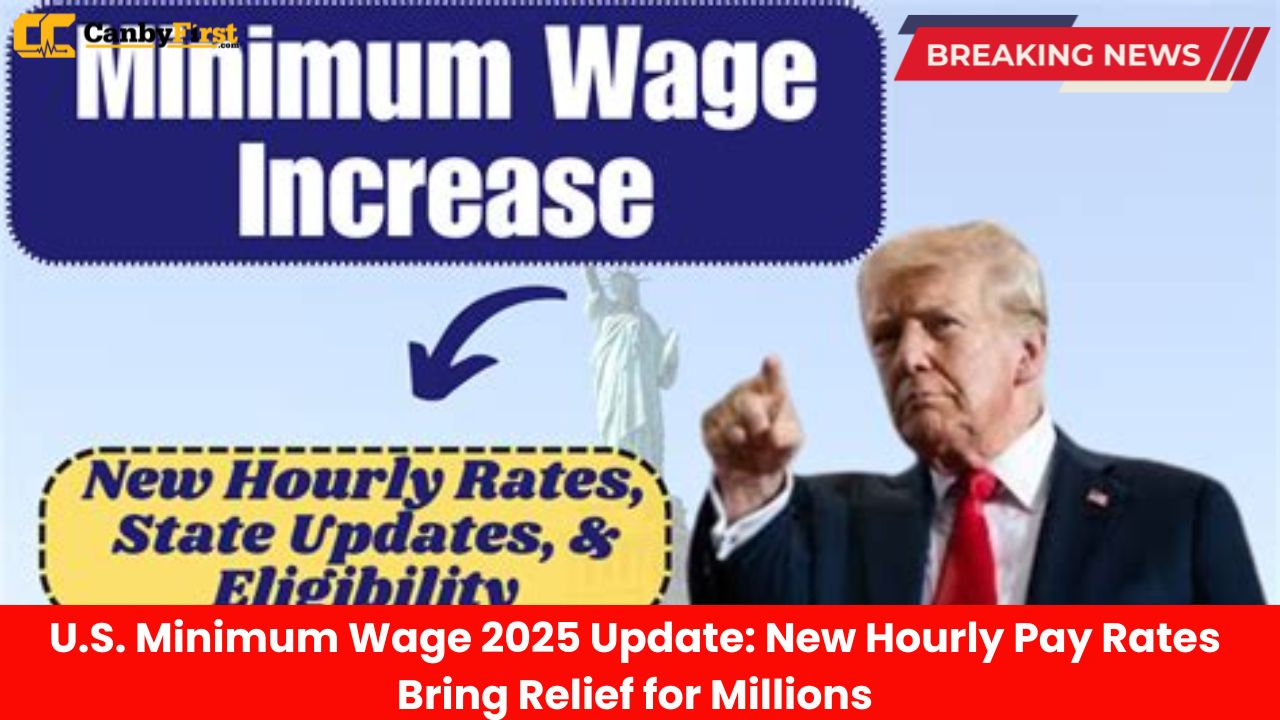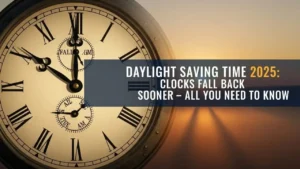Washington, U.S: In a significant move for the American workforce, new federal and state minimum wage rates have taken effect across the United States starting January 2025. The update is aimed at improving living standards and bridging the earnings gap as inflation and cost-of-living pressures continue to affect workers nationwide.
Federal Minimum Wage Adjustment
For the first time in over a decade, the federal minimum wage has been raised from 7.25 dollars per hour to 9.50 dollars per hour. This change is part of a broader effort to phase in higher wages gradually through 2027. The Department of Labor stated that this adjustment reflects modern economic realities and will offer fairer compensation for entry-level and service sector employees.
Workers in states that follow the federal rate are expected to see an immediate rise in their paychecks, marking one of the most widely anticipated wage increases in recent years. Employers are currently updating payroll systems to align with the new rate.
Also Read
States and Cities Push Beyond Federal Level
Many states have gone a step further, introducing their own higher minimum wage structures for 2025. California now leads the nation with a statewide minimum wage of 17 dollars per hour, while Washington and Massachusetts follow closely with rates above 16 dollars.
Several metropolitan areas, including New York City, San Francisco, and Seattle, have introduced even higher local pay rates to reflect regional living costs. For example, New York City’s new minimum wage has reached 18 dollars per hour, benefiting thousands of employees in the retail, hospitality, and gig economy sectors.
Economic Outlook and Business Response
Economists have expressed mixed reactions to the wage hike. Supporters argue it will stimulate economic growth by increasing consumer spending and reducing income inequality. They believe higher wages can lead to greater job satisfaction and lower turnover rates for businesses.
However, some small business owners have voiced concerns about rising labor costs and potential price adjustments. Many are re-evaluating staffing needs and seeking automation solutions to balance profitability with compliance.
Despite these challenges, surveys show a majority of Americans favor the wage increase, viewing it as long overdue in an era of rising costs for essentials such as housing, healthcare, and education.
Impact on Workers
For millions of hourly workers across industries like fast food, retail, and caregiving, the wage hike offers a chance for improved financial stability. Employees in states previously tied to the federal minimum wage expect noticeable changes in their monthly budgets.
Single parents, part-time workers, and young adults entering the workforce are among those who stand to benefit most. Advocates for low-wage workers hail the move as a step toward fair pay and a more equitable economy.
What Comes Next
The U.S. Department of Labor plans to monitor employment trends over the next year to evaluate the impact of the wage adjustments. Additional reviews may result in further incremental increases depending on economic data and workforce feedback.
Several states are also introducing additional policies to pair wage hikes with tax relief programs and training grants to help workers transition into higher-skilled, better-paying jobs.
Conclusion
The 2025 minimum wage update marks a major shift in America’s labor landscape. As higher pay rates take effect, both workers and employers are adjusting to this new economic reality. For millions of Americans, this change represents not just a number on a paycheck but a renewed sense of opportunity and financial dignity.












